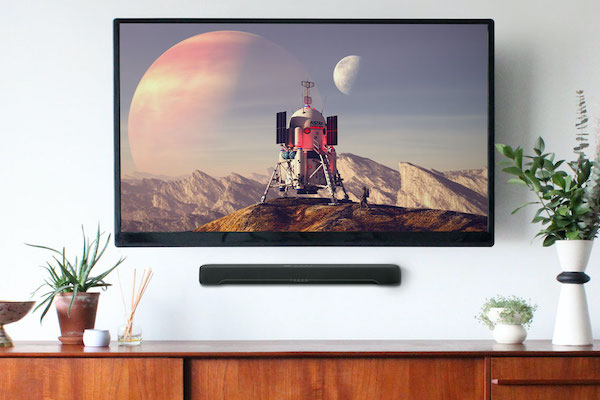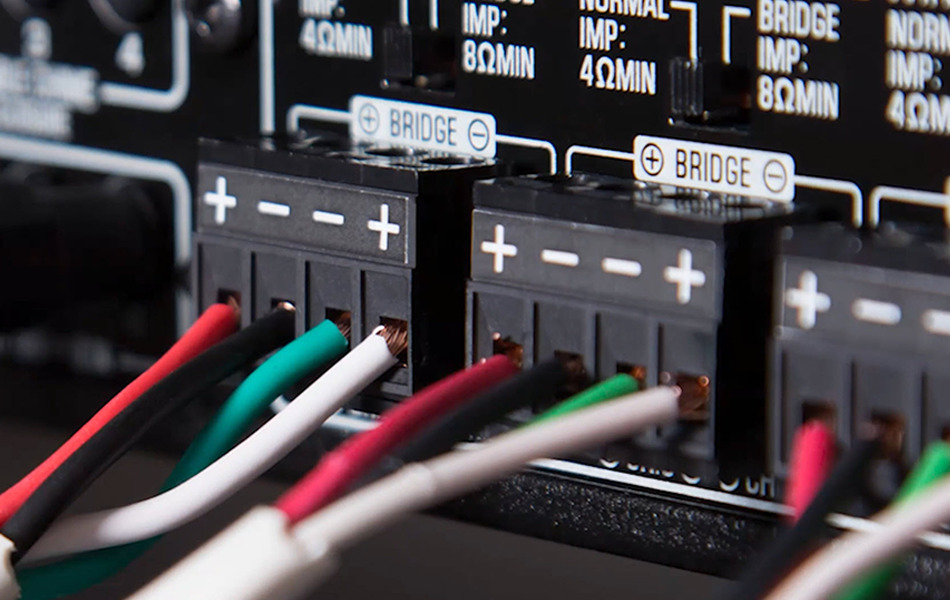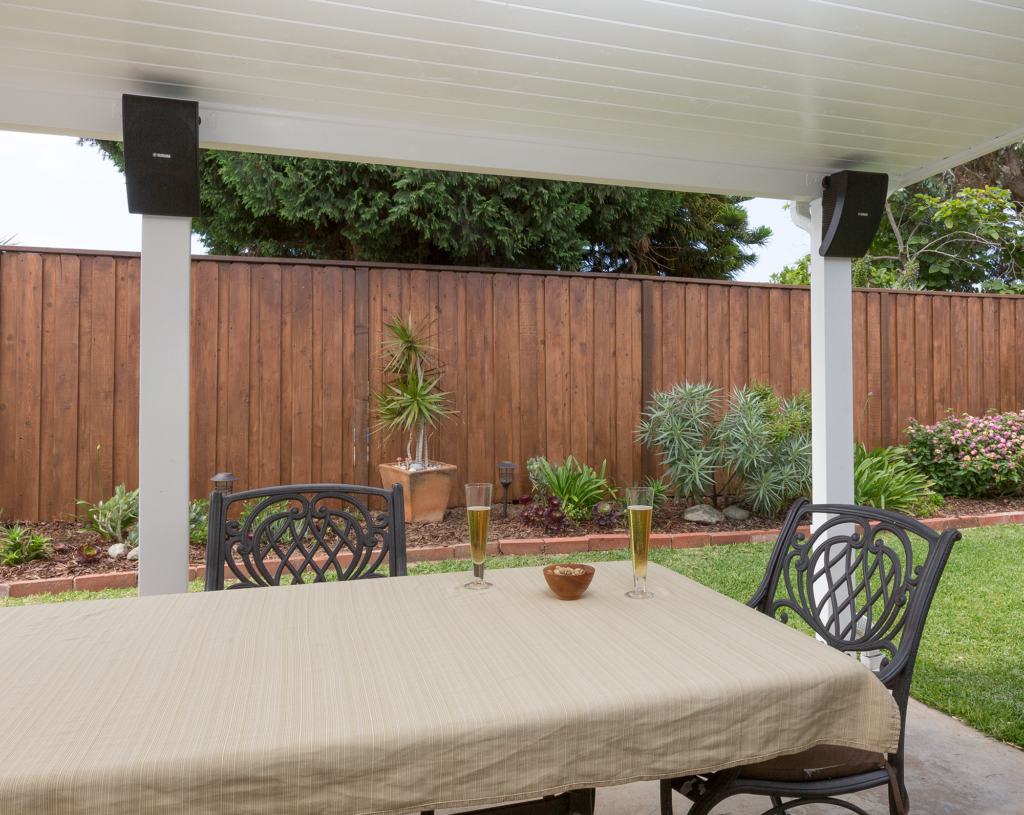Looking to Hide Cables, Cords and Wires? Here’s How.
Neatness counts.
Let’s face it: You’re a binge-watcher. There’s nothing you love more than turning the lights down low, settling into a comfy sofa and watching your favorite movies and TV shows. You’ve subscribed to every major streaming service and have carefully selected your audio and video components, so everything sounds and looks great.
There’s only one problem: When you turn the lights back on, your room is a mess, with audio and video cables, power cords and wires everywhere — to and from your TV, game console, streaming device, AV receiver, sound bar, speakers and subwoofer, hanging off of shelves and end tables, perhaps even (gulp!) snaking across the floor.
Surely there has to be a better way!
Turns out that there is. And in this article we’ll give you some tips for making your viewing room look as impressive with the lights switched on as it does when they’re turned way down low.
Take Advantage of Open Spaces
When it comes to hiding cables, the first rule is: Always take full advantage of any available open spaces. If you have an attic above your viewing room or a crawlspace below it, they’re perfect for keeping cabling out of sight. If you’re renting (or if the thought of drilling into ceilings or floors makes you uncomfortable), fear not: just buy some wire covers (sometimes called “cable ducts,” “cable runners,” “cable raceways” or “cable concealers”). These allow you to easily hide a bundle of cables in a neat conduit that can be stuck to a baseboard or wall with adhesive or dual-sided tape — no tools required. Many are even paintable, so they can easily blend into your room décor.
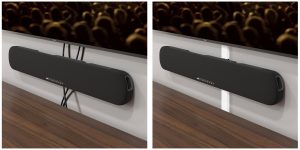
Use Your Room’s Trim
Trim elements like crown molding and baseboards run around a room, so you should utilize any small gaps they may provide, such as behind the molding or underneath the baseboard. If your home entertainment room does not have either, you can always install foam crown molding or foam baseboard molding and hide wires behind or under them. As with wire covers, many foam moldings are paintable, making them unobtrusive as well as decorative.
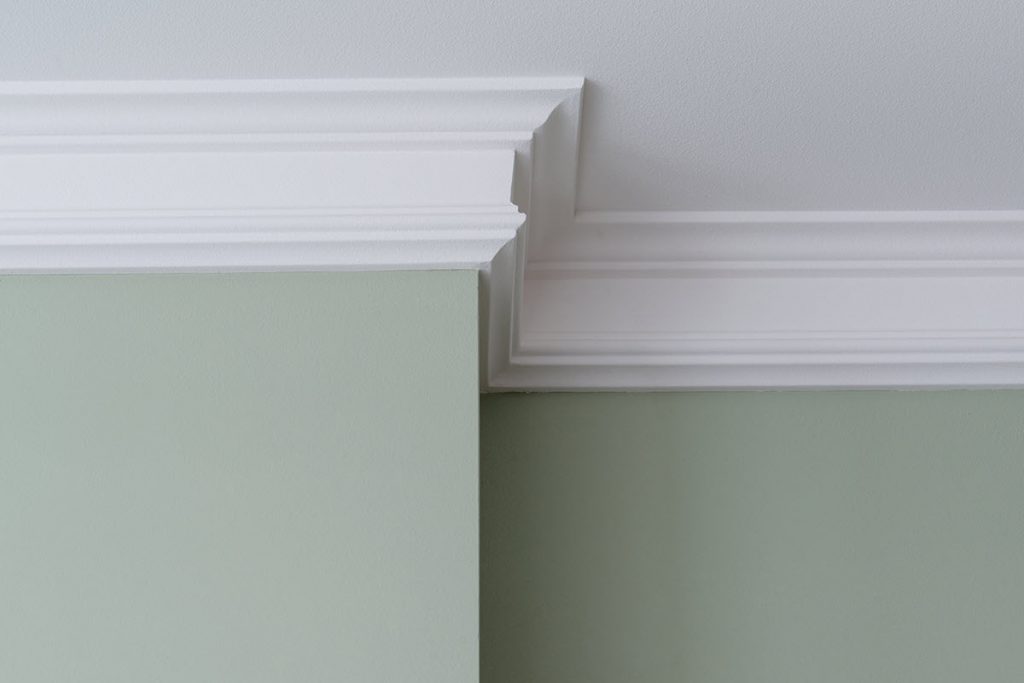
Run Flat Wire Under Carpeting
If your viewing room is carpeted or has throw rugs or runners, you can run flat wire underneath them; these won’t create an annoying bump like standard cabling will. Bear in mind that fishing flat wire underneath wall-to-wall carpeting requires the use of specialized tools called fish tape pullers. There are also some super-thin flat speaker wires on the market designed to be affixed to a wall with adhesive. For a smooth finish, just apply some joint compound to integrate the wire into your wall, then sand and paint. As a bonus, this type of wire will even work underneath wallpaper.
Utilize Lighting Coves or Install Light Strips
If your room has a lighting cove or strip lighting, take advantage of these spaces to tuck wire underneath. If not, you can install some adhesive LED light strips (which are very low wattage and often made of heat-resistant materials) and hide wiring under them.
Cable Clips are Great Organizers
Even if you can’t completely hide the wires in your entertainment area, you can at least organize them with the use of handy (and inexpensive) cable clips. As shown in the photo below, these do the important job of bundling wires together, thus minimizing the amount of electronic spaghetti that may be cluttering up your room. Some are even self-adhesive, making it easy to attach them behind your entertainment center, to the backs of tables or underneath existing molding, making your cabling a lot less obtrusive.

You Can Never Have Enough VELCRO® or Zip Ties
When it comes to hiding cables, VELCRO wraps and zip ties are your best friend — the installer’s equivalent to duct tape. They come in a variety of lengths and thicknesses and provide an inexpensive and easy way to neatly bundle and manage cables behind cabinets and between shelves. Our advice: stock up on a supply of both. You’ll always find a use for them!













